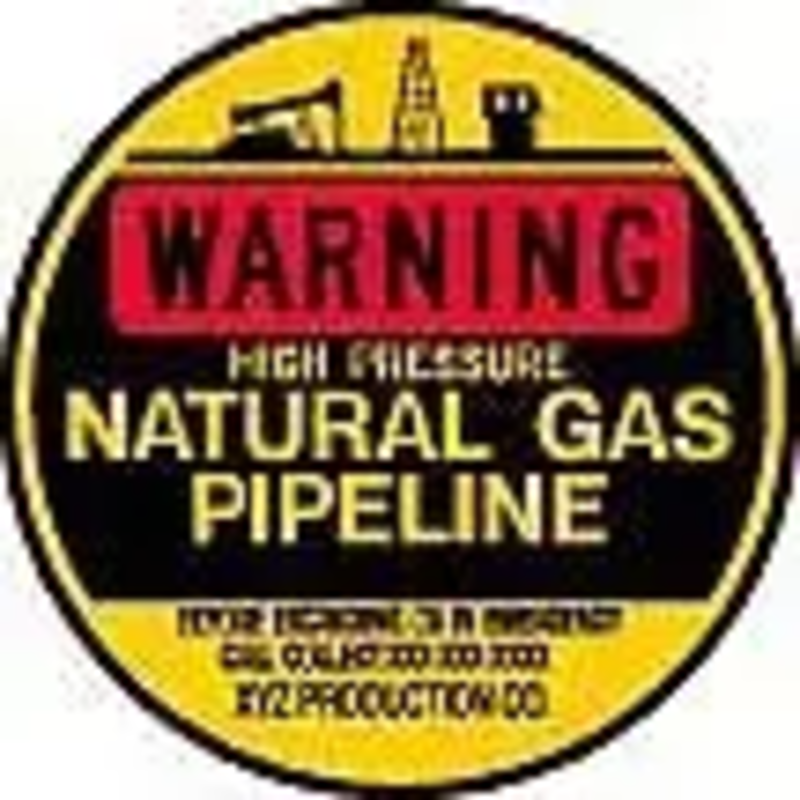Proper Use Of Utility Signs

49 CFR 192.707 – Line Markers for Mains and Transmission
Lines states: that when a pipeline is above ground that Line Markers must be
placed and maintained along each section of a main and transmission line that
is located above-ground in an area accessible to the public. Furthermore the following
must be written legibly on a background of sharply contrasting color on each
line marker: the work “Warning,” “Caution,” or “Danger” followed by the words
“Gas” (or the name of the gas transported) Pipeline.” Furthermore, all markers,
except those in heavily developed urban areas must be in letters at least 1
inch high with a ¼” stroke. In addition, the name of the operator and the area
code and telephone number where the operator can be reached at all times must
be included on the sign. The National
Electrical Code also has very specific rules governing underground signage.
Underground signs are also used to indicate water lines and phone cables.
Since pipelines are usually buried underground, line
markers and warning signs are used to indicate their approximate location along
the pipeline route. The markers and warning signs are in high-visibility colors
(yellow or orange) and are located at frequent intervals along the pipeline
right-of-way. The markers can be found where a pipeline intersects a street,
highway, railway, or waterway, and at other prominent points along the route.
The markers display the material transported in the line, the name of the
pipeline operator, and a telephone number where the operator can be reached in
the event of an emergency. Pumping stations, tank farms, and cleared
rights-of-way also help signal that a pipeline is located nearby. A typical
Electrical Underground Cable Sign would include behind a Yellow Background:
WARNING, Underground Electrical Cable, Before Digging or Driving Stakes in This
Area, Please Call or Contact __
It is
important for safety sake that everyone – private citizens, employees at a
plant, contractors working on a project – knows exactly where underground
cables are located. If an area where underground cables exist is disturbed
because of digging, resurfacing or for any reason a high voltage situation may
be initiated or a dangerous gas and or vapors can be released causing possible
death or serious injury. And this would not only affect those individuals who
may have caused the problem to develop it may affect an entire area causing
poor atmospheric conditions that would lead to evacuations of an area. It may
also lead to a loss of the vital services of gas and electric for some time.